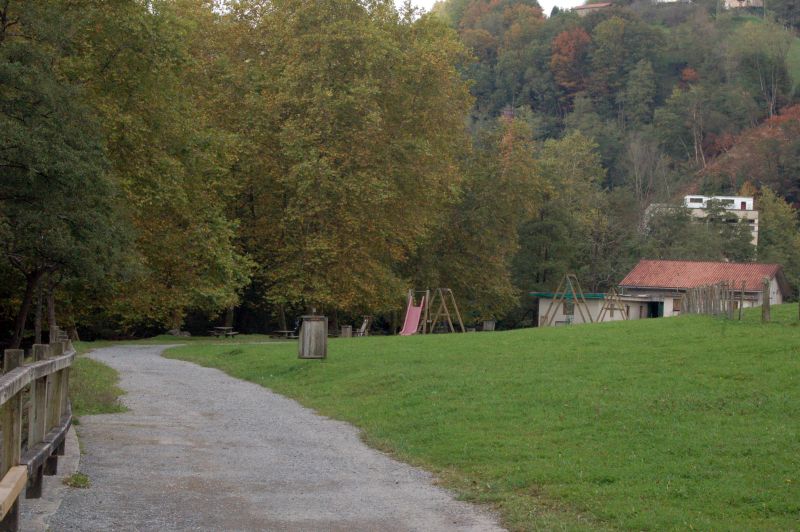
Puntos de Interés

Municipality
Los Llanos de Aridane

Los Llanos de Aridane is a municipality on the island of La Palma, located in the province of Santa Cruz de Tenerife, and is the second most important town on the island, after Santa Cruz de La Palma. It is located in the central part of the island, in the extensive plain formed by the erosion of the Taburiente volcanic complex. A landscape that has influenced its historical and cultural development. An example of this is the name of the municipality inherited from Benahorita canton of Aridane, which in the Guanche language means plain.
Today it has several villages and townlands, each with their own history, characteristics and attractions. These are: Los Llanos, administrative centre of the municipality, Argual, Retamar, Montaña Tenisca, Los Barros, Triana, La Laguna, Todoque, Puerto Naos, Las Manchas and Tajuya. Many of them were affected by the eruption of the Tajigaite volcano in September 2021.
The main sun and beach resorts of the island are located in the municipality. These include: El Remo beach, which offers calm, crystal-clear waters; Charco Verde, with its black sand, calm waters and a thermal spring; the coastal village of La Bombilla, ideal for diving enthusiasts; and Puerto de Naos, the island's tourist centre, inviting you to enjoy its seafront promenade. From an artistic and architectural point of view, Los Llanos de Aridane boasts several examples of civil and religious architecture, such as the Plaza de España, surrounded by Indian laurels brought from Cuba in the 19th century, and symbols of the city. Other highlights include: the CEMFAC street museum; the town hall, with its traditional colonial architecture; the Llano de Argual, popular for its traditional washing places; the Plaza de La Glorieta, noted for its mosaics; the 20th century Castillo de la Virgen; and Antonio Gómez Felipe Park, a green oasis with natural areas and children's playgrounds. As for religious art, the Church of Nuestra Señora de Los Remedios is the most outstanding and a fine example of Mudejar architecture, with Flemish carvings from the 16th century. Another sight not to be missed is the Benahoarita Archaeological Museum, which offers an immersion into the pre-Hispanic culture of La Palma.
In recent years, Los Llanos de Aridane has experienced significant demographic and economic growth, thanks to the arrival of residents of various nationalities, whose main activities are agriculture, specifically the production of Canary Island bananas, and tourism.
The local festivals in honour of Nuestra Señora de Los Remedios, celebrated throughout the month of June, stand out for their processions, religious events, concerts and cultural activities, reflecting the vibrant identity of Los Llanos de Aridane. Other festivals like the Virgen de La Luz and Carnaval also stand out, adding even more colour and joy to the life of the municipality. In terms of gastronomy, Los Llanos de Aridane celebrates local produce. Bananas, ubiquitous on the island, are used in a variety of dishes and desserts. Fresh fish is often prominent, in stews and grilled dishes. Gofio, a staple food in the Canary Islands, is enjoyed as a porridge-like purée either sweet or savoury in both desserts and soups. La Palma's cheeses, made mainly with goat's milk, and the honey of La Palma are also central ingredients in the local gastronomy. Among the traditional dishes, Papas Arrugadas con mojo and Sancocho, a Canarian stew with fish, potatoes, sweet potato and mojo sauce, are a real delight for foodies.


